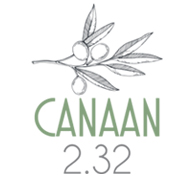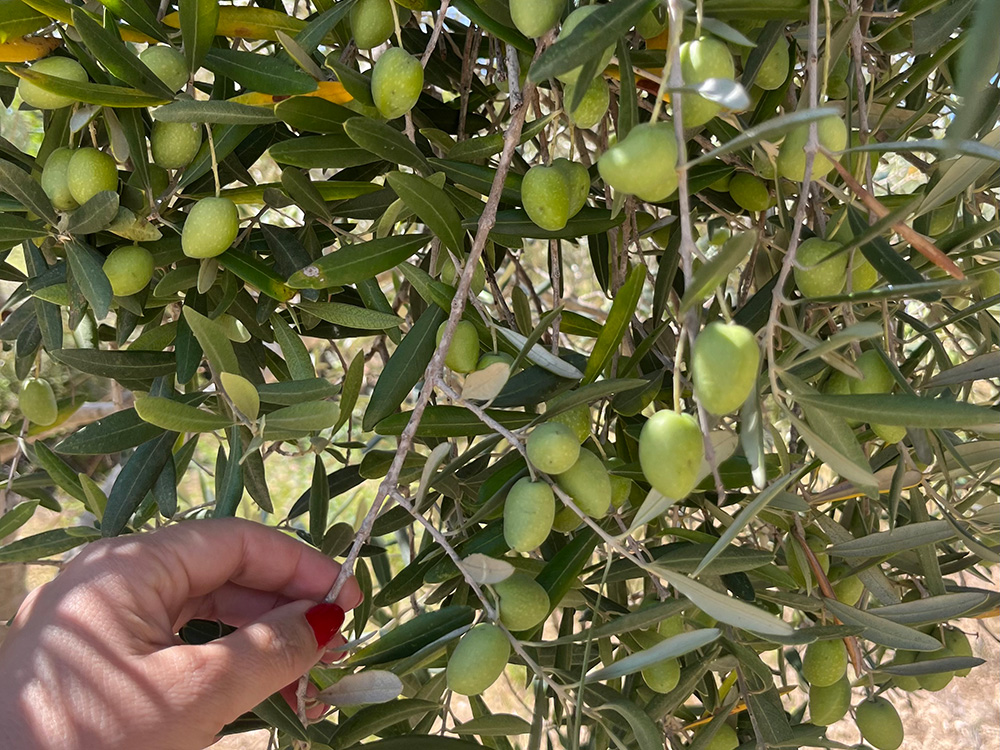Treating olive trees like grapevines—especially in terms of training, pruning, and spacing—can offer several benefits, particularly in high-density or super-high-density orchard systems. This approach draws from modern viticulture practices to improve efficiency, yield, and quality. Here are the main benefits:
1. Increased Productivity per Acre
- Higher tree density: Planting olive trees in rows like grapevines allows for more trees per acre, increasing overall fruit production.
- Faster return on investment: Earlier and more consistent fruiting compared to traditional olive groves.
2. Easier Mechanization
- Mechanical harvesting: Linear planting and open canopy structures make it easier to use over-the-row harvesters (similar to those used in vineyards), reducing labor costs.
- Simplified pruning and maintenance: Uniformity in tree shape and height facilitates the use of machines for pruning, spraying, and fertilizing.
3. Improved Tree Health and Airflow
- Better light penetration: Training olive trees to a single leader or open structure (like grapevines) improves sunlight exposure, boosting photosynthesis and reducing fungal diseases.
- Air circulation: Row-based planting with open canopies improves airflow, lowering humidity and disease risk.
4. Consistency in Fruit Quality
Uniform ripening: A more open, trained structure ensures that all fruit receives adequate light and airflow, leading to more uniform ripening and better-quality oil.
- Better fruit-to-leaf ratio: Proper training can balance vegetative growth and fruiting, optimizing production.
5. Labor and Cost Efficiency
- Reduced labor needs: Mechanization and uniform training lower reliance on skilled labor for harvesting and maintenance.
- Streamlined operations: Vineyard-style olive orchards are easier to manage using precision agriculture tools.


